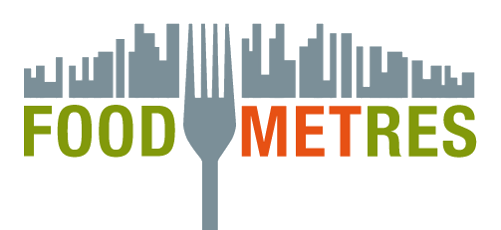Tomatofish – Fish and tomatoes raised under one roof and sold directly
Concept
The method for producing fish and tomatoes under one roof has been developed by researchers at the Leibniz-Institute for Freshwater Ecology and Inland Fisheries (IGB) in Germany. The production takes place in an aquaponics system, an interconnected indoor aquaculture and hydroponics vegetable production in a glasshouse. The aquaponics systems thrives to reduce resource use through a largely closed cycle of nutrients, and highly efficient use of other production factors. Prototyping was established for the joint production of tomatoes and Tilapia fish because they have similar environmental needs for growth.

Implementing the Innovation
New urban entreprenneurs have utilized the concept for further development and adoption of technology, mangement and market and turned it into into Berlin´s most ambitious urban agriculture project: ECF Farm Berlin, is Europe largest aquaponics farm, planned, constructed and run by ECF Farmsystems GmbH Berlin. The name stands for efficient city farming, aiming to create an entire ecosystem and to reduce the CO2 footprint markedly. In the rather centrally located historical industial site malzfabrik in Berlin a new 18000 sqm rain water fed aquaponic complex was built and started its production in 2015. On high technological standards, fish are organically raised in 13 steel tanks. Attached to the production facilities there is a shop selling the vegetables and herbs directly. The primary distribution pathway for the hydrponic grown vegetables however is a box systems, contracted consumers pick their boxes at the farm shop. The fish, will be slaughtered and sold directly on demand. Amongst others ECF won the Academy Awards of Cleantech as best international start up in 2013.

Contribution to shortening food supply chains
The closed cycle of the aquaponics systems ensures high resource efficieny in food production: reduced water consumption, CO2 emission, reduced transportation distances and needs for cooling chains. Through the digestive system of organic feeded fish the water is enriched with nutrients. Solids are filtered out and recycled. The ammonium-rich water is then converted into a nitrate-rich medium that flows into the drip-irrigation system of the greenhouse, fertilizing the vegetables. Also the CO2 exhaled by the fish is absorbed by the plants, which in return produce oxygen while they grow.

Freshness of produce is a significant feature for the consumers, as well as compliance with animal welfarer equirements. The turnover of caloric energy from fodder to fish is markedly higher than for meat what is an additional aspect of sustainable consumption. As a demonstration farm, learning is combined to transparency of production.
